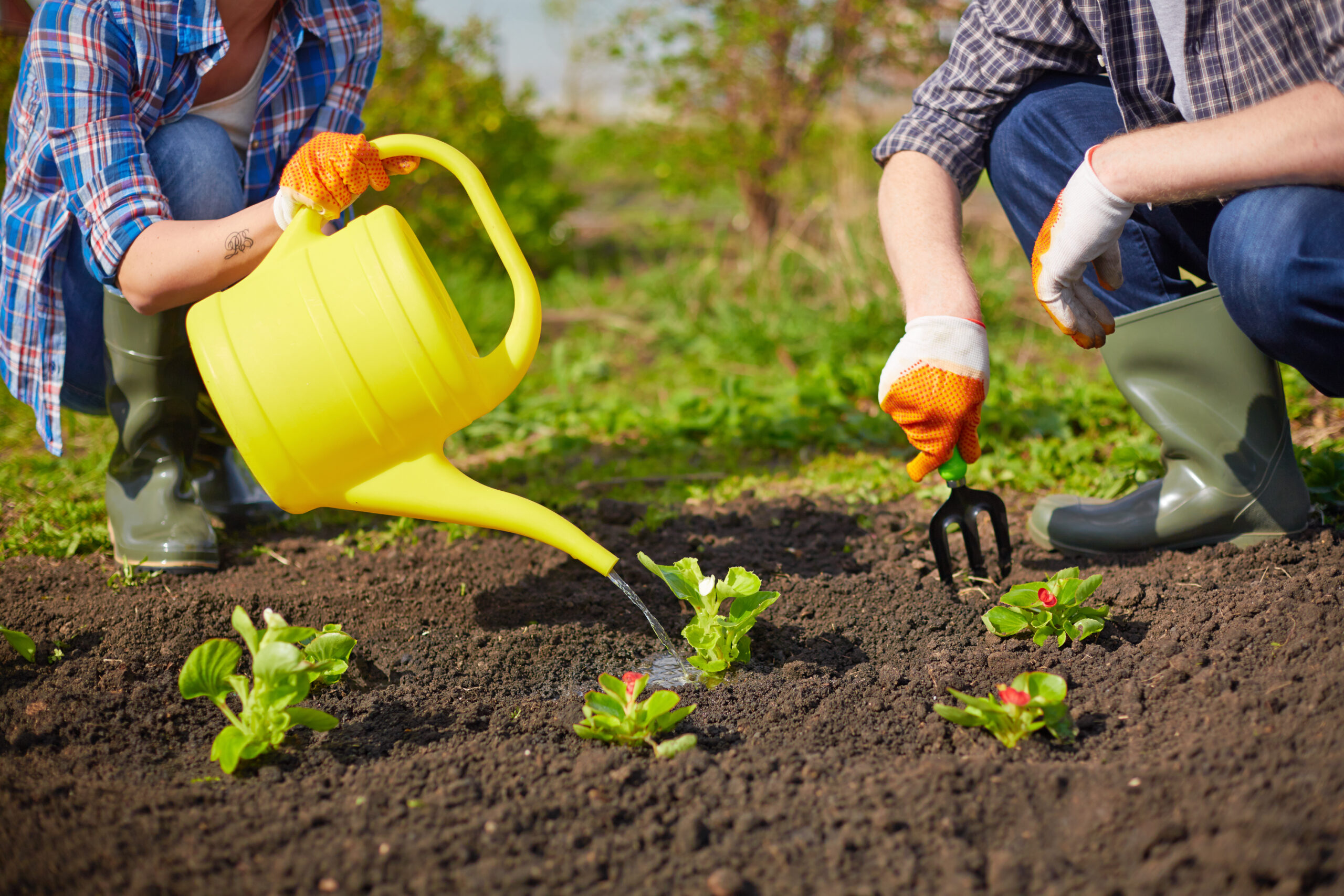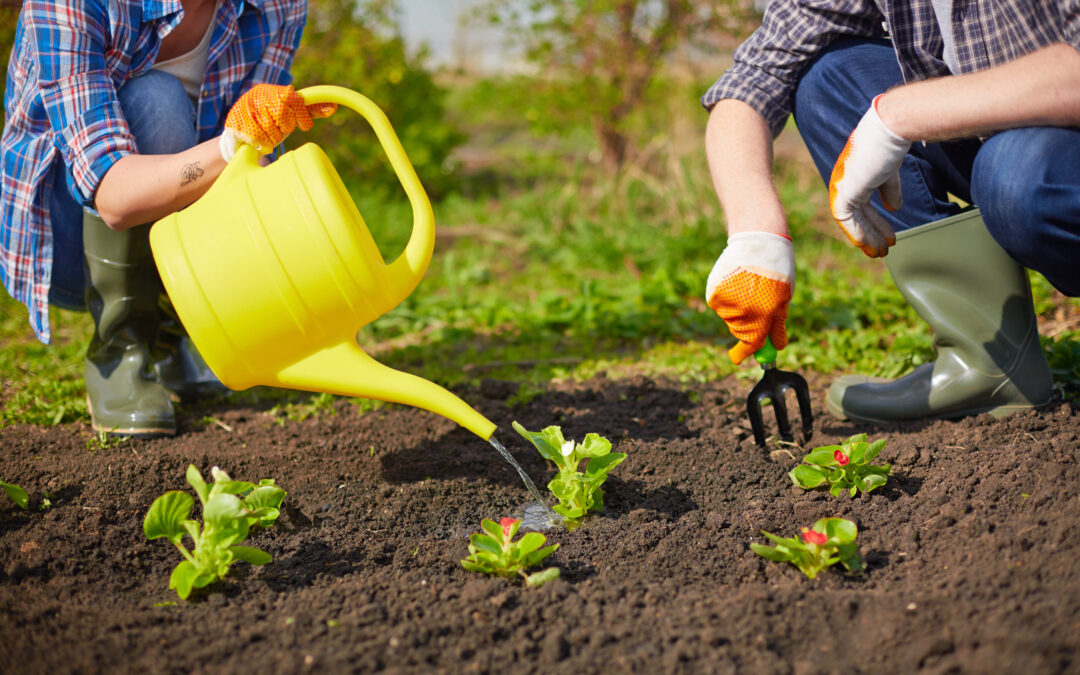Welcome to the world of home farming! With the increasing demand for organic and locally sourced produce, many people are turning to home gardening as a way to grow their own fresh fruits and vegetables. In this guide, we will take you through every step of the process, from choosing the right crops to harvesting your homegrown produce. Let’s get started!
Introduction to Home Farming
Home farming is an excellent way to supplement your family’s diet with healthy, nutritious food while also reducing your carbon footprint by growing your own produce instead of buying it at the store. Whether you have a small balcony or a large backyard, there are plenty of options available for starting your very own home farm.
Choosing the Right Crops for Your Garden
The first step in home farming is selecting the right crops for your garden. Consider factors such as space availability, sunlight exposure, soil quality, and water requirements when deciding which plants to grow. Some popular choices include tomatoes, lettuce, spinach, radishes, carrots, beans, and herbs like basil and mint.
Preparing the Soil and Planting Seeds
Once you have selected your crops, it’s time to prepare the soil and plant seeds. Start by removing any debris or weeds from the area where you plan to plant. Next, add compost or other organic matter to enrich the soil and improve drainage. You can then use a rake or hoe to loosen up the soil before adding your seeds or seedlings.
Cultivating and Caring for Your Plants
After planting, it’s essential to cultivate and care for your plants regularly. This includes watering them appropriately, providing adequate sunlight, and controlling pests and diseases. Depending on the type of crop, you may need to prune, stake, or trellis your plants to encourage growth and prevent damage.

Harvesting Your Homegrown Crops
As your plants begin to mature, it’s time to start harvesting your homegrown crops. For most vegetables, this means picking them when they are fully grown but still young and tender. Fruit should be picked when ripe, but not overripe. Be sure to handle your crops gently to avoid bruising or damaging them.
Preserving and Storing Your Produce
Finally, once you have harvested your crops, it’s essential to preserve and store them properly to extend their shelf life. This can involve techniques such as blanching, freezing, canning, or drying. By taking these steps, you can enjoy the bounty of your home farm all year long.
In conclusion, home farming is an exciting and rewarding hobby that can provide fresh, healthy produce for you and your family. By following these simple steps, you can successfully grow and harvest your own crops while minimizing waste and supporting sustainable agriculture practices. Happy farming!





